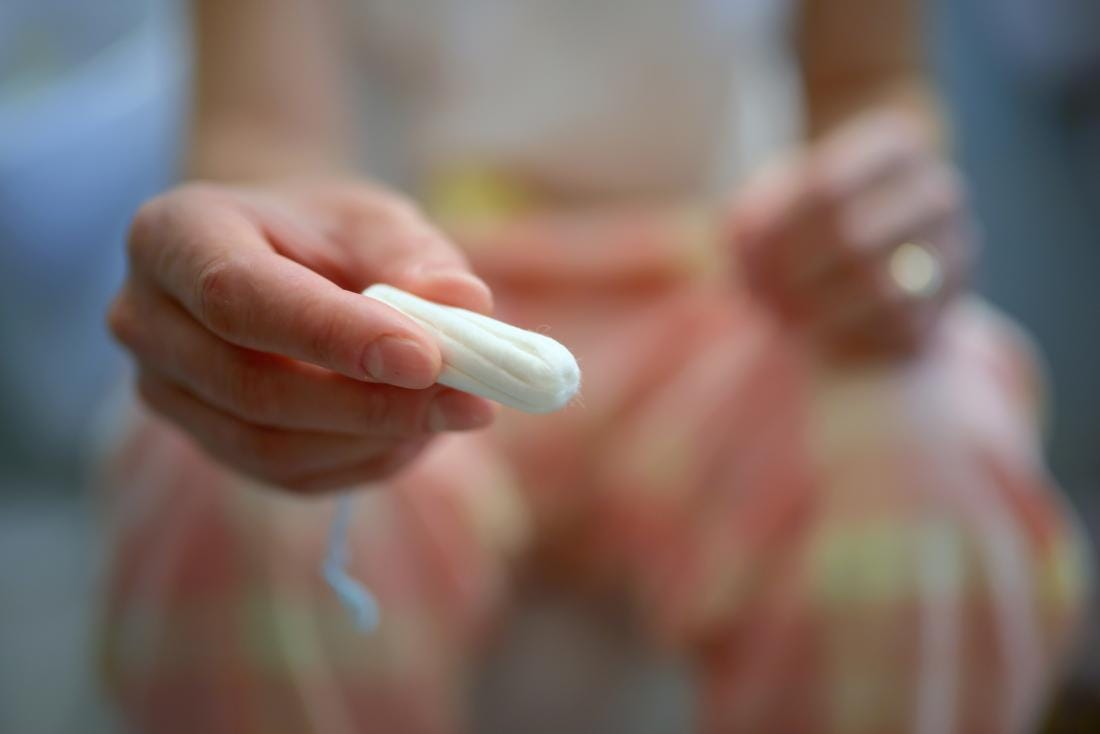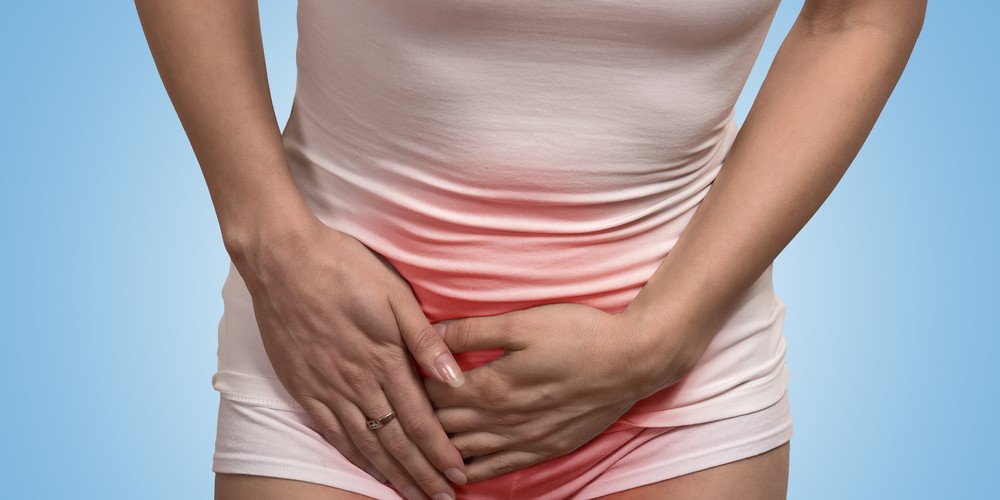If you’ve ever had a yeast infection, you know just how uncomfortable and bothersome they can be. But what about using tampons during a yeast infection? Can you still use them without making things worse? Well, I’ve got some good news for you. Tampons themselves don’t actually cause yeast infections.
In fact, tampons can be perfectly safe to use even when you have a yeast infection. However, I must warn you that they may feel a bit uncomfortable. But don’t worry, there are some things you can do to minimize the discomfort.
Contents
Can I Use Tampons with a Yeast Infection?

The good news is that tampons themselves do not cause yeast infections. So, yes, you can use tampons with a yeast infection without worrying about making things worse.
Yeast infections occur when the balance of yeast and bacteria in the vagina is disrupted. Tampons, on the other hand, do not contribute to this imbalance. Since tampons absorb most of the moisture, they do not create the ideal environment for yeast to grow. So, you can feel confident using tampons while dealing with a yeast infection.
However, it’s important to note that using tampons during a yeast infection may feel uncomfortable. The infection can lead to itching and irritation, and the added presence of a tampon can exacerbate these symptoms. But don’t worry, there are a few tips to help minimize the discomfort:
- Choose tampons made of natural and breathable materials, such as organic cotton. These materials are less likely to cause further irritation.
- Change your tampon regularly to ensure that the area remains clean and dry. This can help prevent additional discomfort and reduce the risk of infection.
- Consider using a lower absorbency tampon to decrease contact with irritated tissues.
- If tampons are causing significant discomfort, you may want to consider using pads instead until the infection clears up.
Remember, everyone’s experience with yeast infections can be different. It’s always a good idea to listen to your body and consult with a healthcare professional if you have any concerns or if the symptoms persist.
While tampons do not cause yeast infections, they may feel uncomfortable to use when dealing with an infection. By following the tips mentioned above, you can help minimize any discomfort and continue to manage your period while taking care of your vaginal health.
Using Tampons with a Yeast Infection

When it comes to using tampons with a yeast infection, there are a few things you should consider. Let’s explore the potential risks and concerns, as well as recommended alternatives to tampons.
Potential Risks and Concerns
While tampons themselves do not cause yeast infections, using them while you have a yeast infection may feel uncomfortable. The moisture and warmth in your vagina can create an ideal environment for yeast to grow. However, since tampons absorb most of the moisture, the risk of getting a yeast infection from using a tampon is low.
That being said, if you wear a tampon for longer than recommended or use tampons that contain fragrances or other irritants, you may have an increased risk of developing a vaginal infection like thrush or bacterial vaginosis (BV). So it’s essential to follow the recommended usage guidelines and avoid using tampons that may cause irritation.
Recommended Alternatives to Tampons
If you have a yeast infection and prefer to avoid using tampons, there are alternative options available. Consider using the following alternatives during your menstrual cycle:
- Menstrual Cups: Menstrual cups have gained popularity as a reusable and eco-friendly option. They are made of medical-grade silicone or latex and collect the menstrual flow instead of absorbing it. Menstrual cups can be worn safely with a yeast infection, but it’s important to follow proper cleaning and hygiene practices.
- Organic Cotton Pads: All-cotton pads that are unbleached or whitened with hydrogen peroxide are a good choice for women who prefer pads over tampons. These pads are free from synthetic materials and chemicals that may cause irritation or disrupt the vaginal balance.
- Period Underwear: Period underwear, designed to look like regular underwear with built-in absorbent layers, provide an alternative to traditional menstrual products. They offer a breathable and comfortable option for managing your period without the need for tampons.
Remember, it’s essential to choose the menstrual product that suits your preferences and needs. If you’re unsure about using tampons with a yeast infection or have any concerns, it’s always a good idea to consult with a healthcare professional for personalized advice and guidance.
Conclusion
Now that you have a better understanding of yeast infections and how they relate to using tampons, you can make informed decisions about your menstrual health. Remember, tampons themselves do not cause yeast infections, so you can use them without worrying about making your infection worse.
However, it’s important to be aware of the potential risks and concerns of using tampons with a yeast infection. Some women may experience discomfort, and there is an increased risk of developing other vaginal infections. If you find that tampons exacerbate your symptoms or if you’re concerned about the potential risks, there are alternative options available. Menstrual cups, organic cotton pads, and period underwear are all viable alternatives that can provide comfort and peace of mind.
It’s crucial to choose the right menstrual product for your needs and consult with a healthcare professional for personalized advice. They can guide you on the best course of action based on your specific circumstances.
In addition to using the right menstrual products, practicing good hygiene, wearing breathable clothing, and considering dietary changes can help manage a yeast infection effectively. However, if your symptoms worsen or persist despite self-care measures, if you experience recurrent infections, or if you have underlying health conditions, it’s essential to seek medical advice for appropriate treatment considerations.
FAQs
What causes yeast infections?
Yeast infections can occur due to hormonal imbalances, pregnancy, hormonal contraception, and disruptions in the body’s natural balance of progesterone and estrogen. They can also be caused by wearing tight clothing, having a weakened immune system, or taking antibiotics.
Can tampons worsen a yeast infection?
Tampons themselves do not cause yeast infections or worsen an existing infection. However, using tampons with a yeast infection may cause discomfort and increase the risk of other vaginal infections.
What are alternatives to tampons during a yeast infection?
Instead of tampons, you can consider using menstrual cups, organic cotton pads, or period underwear as alternatives during a yeast infection. These options provide breathable fabric and can help minimize discomfort.
How can I manage a yeast infection?
To manage a yeast infection, practice good hygiene, wear breathable underwear made of cotton, and avoid tight clothing. Additionally, follow a balanced diet and consider consulting a healthcare professional for personalized advice.
When should I seek medical advice for a yeast infection?
Seek medical advice if symptoms worsen or persist despite self-care measures, if there are recurrent infections, or if there are underlying health conditions that may require specific treatment considerations.
I am a medical student with experience and interest in Women’s health and well-being.